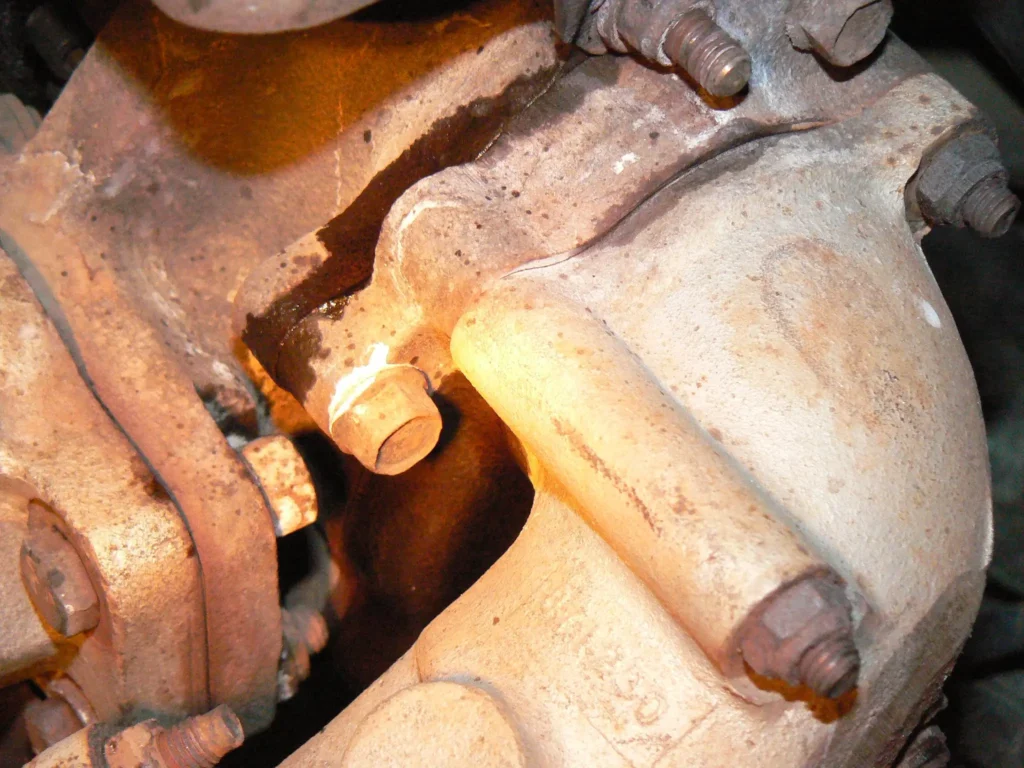That unsettling shudder when you turn off your engine isn’t just annoying – it could be your car’s way of waving a red flag. While a slight vibration is normal during shutdown, excessive shaking often signals underlying issues that need attention.
As an automotive technician who’s diagnosed thousands of cases, I’ll walk you through everything you need to know about engine shutdown vibrations, from minor concerns to major red flags.
Understanding Normal vs. Problematic Shutdown Behavior
Before diving into problems, let’s establish what’s normal. When you turn off your engine, the pistons don’t always stop at the perfect position, causing a mild shudder. However, if you can visibly see your car rocking or feel strong vibrations through the steering wheel, that’s when you should pay attention.
The Shake Scale: How Serious Is Your Situation?
- Mild Vibration: Brief, gentle movement lasting 1-2 seconds
- Moderate Shaking: Noticeable rocking, possibly with sounds
- Severe Vibration: Violent shaking, pronounced movement throughout the vehicle
Primary Causes of Engine Shutdown Shake
1. Motor Mount Issues
Your engine sits on rubber-and-metal mounts that absorb vibrations. When these mounts wear out or break, the engine literally rocks in its cradle. Signs include:
- Visible engine movement
- Increased vibration during acceleration
- Clunking sounds when shifting gears
- More pronounced shaking at shutdown
2. Fuel System Problems
Modern engines rely on precise fuel delivery. Issues here can cause rough shutdown:
- Clogged fuel injectors
- Failing fuel pump
- Dirty fuel filters
- Carbon buildup on intake valves
3. Ignition System Complications
Spark-related problems often manifest during shutdown:
- Worn spark plugs
- Failing ignition coils
- Damaged spark plug wires
- Timing issues
4. Mechanical Components
Several mechanical issues can contribute to shutdown shake:
- Timing belt wear
- Bent crankshaft
- Damaged flywheel
- Worn engine bearings
Diagnostic Approach: Finding the Root Cause
Step-by-Step Assessment
- Document When and How
- Note when the shaking started
- Record any accompanying sounds
- Track if it worsens over time
- Visual Inspection
- Check engine mounts for cracks
- Look for fluid leaks
- Inspect belts and pulleys
- Examine exhaust system components
- Professional Diagnostics
- Computer system scan
- Compression testing
- Fuel pressure analysis
- Mount integrity check
The Cost Factor: Fix Now or Pay Later?
Immediate vs. Delayed Repair Costs
- Motor Mounts: $200-400 now vs. $1,000+ with transmission damage
- Spark Plugs: $80-200 now vs. $800+ with catalytic converter damage
- Timing Belt: $500-700 now vs. $3,000-4,000 with engine damage
Prevention: Keeping the Shake Away
Regular Maintenance Checklist
- Every 3,000-5,000 miles:
- Oil changes
- Mount inspection
- Belt check
- Every 30,000 miles:
- Spark plug replacement
- Fuel system cleaning
- Comprehensive mount inspection
- As Needed:
- Address unusual noises promptly
- Fix fluid leaks immediately
- Respond to warning lights
When to Seek Professional Help
Red Flag Scenarios
- Violent shaking during shutdown
- Unusual noises accompanying the shake
- Check engine light illumination
- Vibration during normal driving
- Fluid leaks near engine mounts
Frequently Asked Questions
Q: Can I drive with engine shake?
A: While mild shake isn’t immediately dangerous, continuing to drive with significant vibration can cause additional damage and compromise safety.
Q: How long do motor mounts typically last?
A: Quality motor mounts usually last 60,000-100,000 miles but can fail earlier with aggressive driving or harsh conditions.
Q: Will thicker oil help reduce engine shake?
A: No, thicker oil won’t fix underlying mechanical issues and could potentially cause additional problems.
Q: How urgent is repair if my car shakes when turning off?
A: It depends on severity. Mild shaking can often wait a few weeks, but severe shaking should be addressed immediately to prevent further damage.
Q: Can weather affect engine shake?
A: Cold weather can temporarily increase normal shutdown vibration, but significant shaking regardless of temperature indicates a problem.
Conclusion
Engine shutdown shake isn’t just an annoyance – it’s often an early warning sign of developing issues. While some vibration is normal, excessive shaking usually indicates problems that will only worsen with time.
By understanding the causes and addressing them promptly, you can prevent more expensive repairs and maintain your vehicle’s health. Regular maintenance and quick response to unusual symptoms remain your best defense against major mechanical problems.

